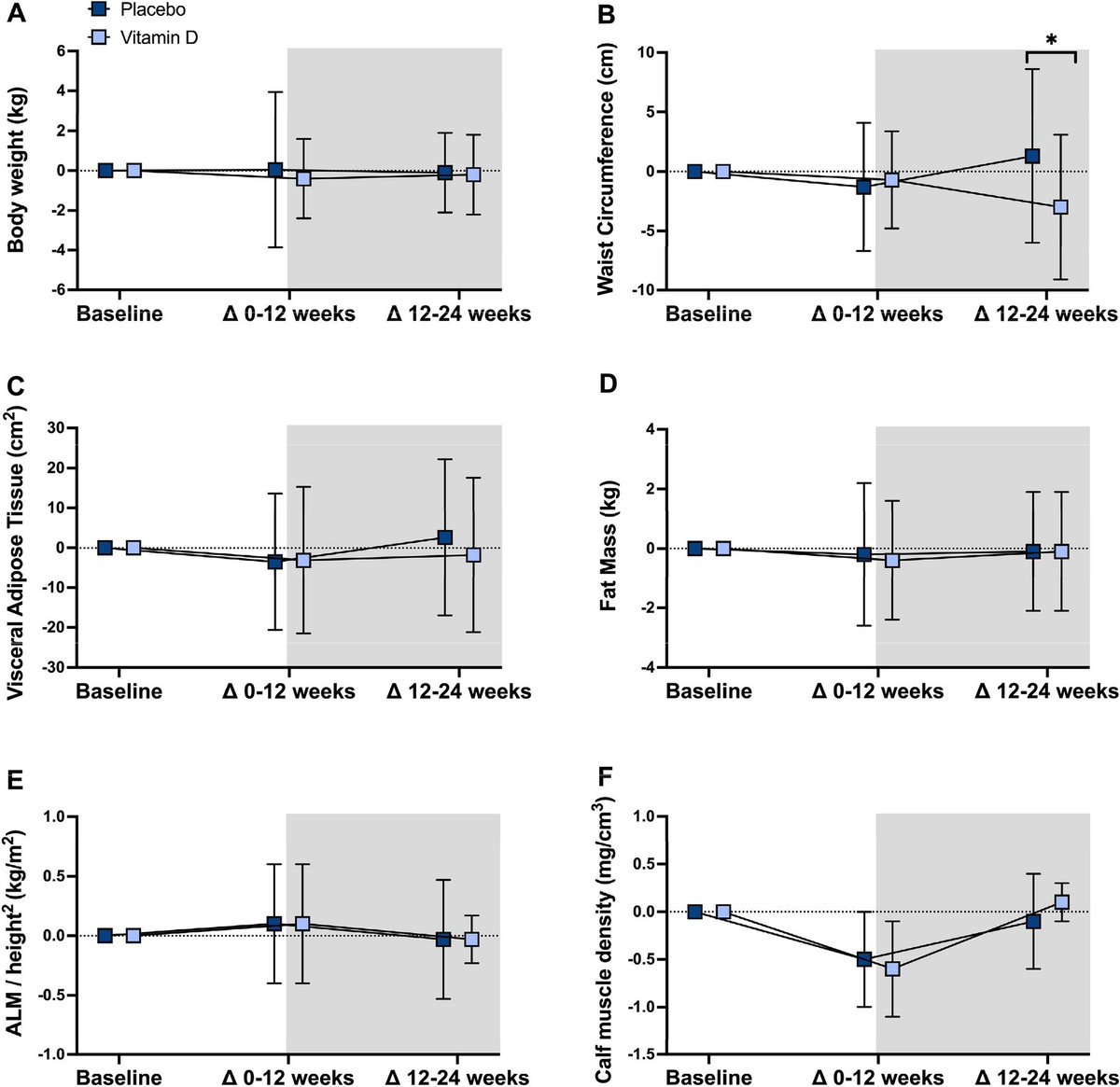
In this one in mice, branched-chain amino acid (BCAA) ingestion suppressed chronic detraining-induced reductions of skeletal muscle mitochondrial content. 



- The BCAA dose was 0.6 mg/g of body weight twice daily for 2 mouse weeks of detraining, which translates roughly into ~50 mg/kg of body weight for 560 human days of detraining.
- BCAA supplementation suppressed the reduction of mitochondrial enzyme activities and protein content in skeletal muscle.
- Detraining decreased markers of mitochondrial biogenesis.
Interestingly (surprisingly?), a clear effect of BCAA ingestion on mitochondrial biogenesis protein levels and thus promotion of mitochondrial biogenesis in skeletal muscle could not be determined.
- Therefore, these results suggested pathways other than mitochondrial biogenesis to be associated with the suppression of the detraining-induced reduction of mitochondrial content.
- Since mitochondrial content is not only regulated by mitochondrial biogenesis but also by mitochondrial degradation -a process where mitochondria are fragmented by fission and then eliminated by mitophagy- the group subsequently focused on markers of mitochondrial dynamics.
- Findings indicated that training-induced enhancement of mitochondrial fusion markers, but not the mitochondrial fission markers, returned to baseline levels following detraining.
- These results suggest that detraining suppresses training-induced enhancement of mitochondrial fusion, but not mitochondrial fission, which in turn results in reduced mitochondrial content.
- In line with this, mitochondrial fission markers in the detrained mice that were supplemented with BCAAs were lower than those in the trained mice.
Therefore, it's likely that BCAA supplementation during detraining suppressed mitochondrial fission in skeletal muscle.
- Findings also indicated that BCAA ingestion during detraining suppressed mitophagy-related proteins.
- Findings also suggested that BCAA ingestion suppressed the detraining-induced reduction of mitochondrial content and muscle glycogen break-down during exercise, as post-exercise muscle glycogen levels were lower after detraining, but BCAA ingestion attenuated these changes.
- Finally, BCAA ingestion did not affect mitochondrial respiration or reactive oxygen species (ROS) production.
TL;DR: After BCAA supplementation equivalent to ~50 mg/kg of human body weight twice daily following the quivalent of 560 human days of detraining, the following were observed:
a) Suppressed losses of mitochondrial enzyme activities and protein content.
b) Partially suppressed mitochondrial fission-related and mitophagy-related protein levels.
c) Partially enhanced post-exercise muscle glycogen concentrations.
d) BCAA ingestion at that dose did not affect mitochondrial respiration or ROS production.
Branched-chain amino acid supplementation suppresses the detraining-induced reduction of mitochondrial content in mouse skeletal muscle (open access)
doi.org/10.1096/fj.202…
#nutrition #diet #exercise #muscle #strength #lift #GetStrong #cardio #hiit
doi.org/10.1096/fj.202…
#nutrition #diet #exercise #muscle #strength #lift #GetStrong #cardio #hiit
• • •
Missing some Tweet in this thread? You can try to
force a refresh















